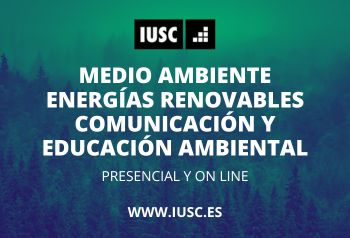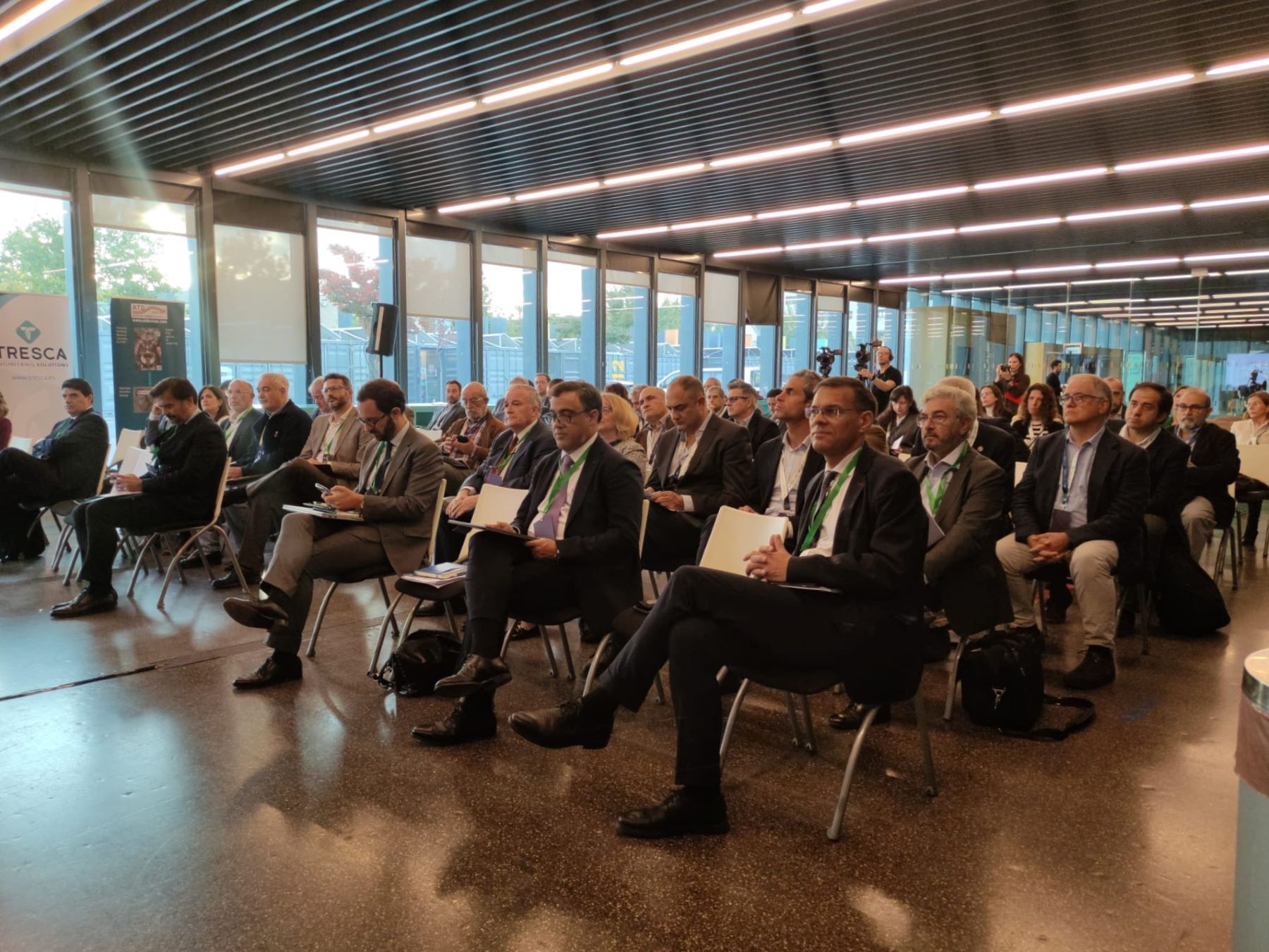Renewable ammonia will play a key role in the… a country’s decarbonization processespecially when it comes to certain sectors and industries that prove to be ‘key’ for the development of the Spanish economy.
Due to its characteristics, potential and applications that it enables for industry and for sectors that are difficult to decarbonize, such as the fertilizer sector or the maritime sector, Renewable ammonia is mentioned as an important player in the energy transition. This was revealed at the first Sustainable Ammonia Conference in La Nave, Madrid.
This conference, organized by the Spanish Association for Renewable Ammonia (AEAR), was a decisive forum to address these issues fundamental role in the energy transitionas there was the participation of competent authorities belonging to up to three Spanish ministries (Science, Innovation and Universities; Industry, Trade and Tourism; and Ecological Transition and Demographic Challenge), as well as representatives of Spanish ports and companies involved in renewable energy projects ammonia.
The event was very well received, both face-to-face and through the streaming broadcast via the AEAR channel.
What happened at the I Renewable Ammonia Conference?
After the welcoming remarks of José Ramón Freire, General Manager of AEAR, in which he emphasized the opportunity that renewable ammonia offers for our countryas our ports have highly developed infrastructure and logistics for conventional ammonia.


The day continued with the intervention of Teresa Riesgo, Secretary General of Innovation of the Ministry of Science, Innovation and Universities, who highlighted the relevance of renewable hydrogen for decarbonization of industry and its related impacts. key role in the circular economyas well as advances in R&D to create sustainable solutions.
In the block over renewable energy, sustainability and industrial competitivenessJordi Llinares, General Director of Industrial Programs of the Ministry of Industry, Trade and Tourism, explained public-private partnerships to finance new industrial projects. Manuel García, General Director of Energy Policy and Mining at MITECO, for his part, focused his intervention on renewable hydrogen derivatives, in particular ammonia, and highlighted regulatory progress.
Maritime transportation energy vector
One of the main points of the event was the analysis of ammonia as a decarbonizer of maritime transporta block moderated by Mary Paz Adán, commercial logistics director of Enagás. Prominent figures from the Spanish port sector took part, such as Jordi Vila (Environmental Director of the Port of Barcelona), Jaime Manuel Beltrán (Head of the Business and Commercial Development Area of the Port of Huelva).
In addition to Javier Calviño (Head of the Port Development and Public Domain Department of the Port of Ferrol), Jordi Anglès (Commercial and Business Development Manager Port Tarragona) and Fermín Rol (Head of the Strategic Projects and Innovation Area, Port Authority of Cartagena), which have highlighted the potential of ammonia as a clean fuel.
For all of them, ammonia is a product that is known and processed in the port environment. Your role can be crucial integrate a greater share of renewable energy and enable Spain, by creating green transport corridors for ammonia, to export this renewable product to Northern European countries.
In addition to the role that renewable ammonia can play in decarbonizing the industries that currently require this product, potential to reduce CO2 emissions from maritime transport.
The speakers pointed out that by having a large renewable electricity generation capacity, Spain can develop a renewable ammonia production sector with high export potential. The strategic location of the Spanish ports makes them key points for distribution, delivery, storage and export of this product through green corridors, even using ships that use this renewable fuel.
However, the current production of green ammonia is still limited. It is necessary to accelerate the development of this sector to meet demand and position Europe as a leader in its production. He Renewable ammonia offers a great opportunity to boost industrial growth in Spain and consolidate itself as a fundamental player in the energy transition.
A bright future for ammonia
The event also included a round table moderated by José María Fernández from EUNOIA. Marina Holgado (AeH2) highlighted the development of renewable hydrogen in Spain and its importance for decarbonising the industry.
Javier González (ANFEE/Fertiberia) highlighted renewable ammonia as a key solution for sustainable agriculture. Its use in fertilizer production helps reduce the ecological footprint to meet global food production.
Elena Seco (ANAVE) presented the challenges and opportunities of decarbonising maritime transportemphasizing the need for continued research and development efforts to find complete solutions. He emphasized the importance of legal certainty and attention to SMEs to accelerate the adoption of new technologies.
Alfonso M. Carneros (Soermar) addressed the benefits of renewable ammonia as an energy vector in the maritime sectorwhich analyzes the technical and regulatory challenges, as well as current and future projects for their implementation in ship propulsion.
The afternoon program focused on business projects, with presentations by Fernando Tax (Enagás), whose presentation focused on the infrastructure and logistics required for the production and transport of green ammoniahighlighting the integration of existing and future factories as an important part of the supply chain.
Raúl Rodríguez (Tresca) investigated the role of renewable ammonia in the transition to a circular economy and its importance as energy vector, industries such as fertilizer production, energy, transportation and textiles. Technological innovation is essential for the development of a renewable ammonia market on a global scale.
He also mentioned the opportunities that this transition offers for the economy and the environment. “If we could generate twenty industrial facilities linked to Spanish ports, we could create a business line of 9,000 million euros annually, equivalent to the entire Spanish textile industry,” he explains.
Sergio Martínez (Avalon) presented the said company’s vision on the production of green hydrogen and derivatives as a key solution for decarbonizing the industry. It has focused on large-scale projects such as the “Bahías de Algeciras y Cádiz” (PBAC), which aims to produce green ammonia in a strategic location with access to renewable resources and markets.
Fabián Plaza (ATD Spain) in turn based his presentation with special attention to the technological innovations of the company in the field of catalysts and storage systems. It covered the synthesis of ammonia from renewable hydrogen, the cracking process to extract hydrogen, and the development of solid-state ammonia storage technologies (SAFT).
This last block was moderated by Juan Pablo Pérez, Head of the Port Planning Department of the Port of Bahía de Algeciras, who also highlighted the Renewable ammonia as an alternative fuel for shipscomparing its price and efficiency with other fuels such as VLSFO and methanol.
It also collected the challenges and opportunities in logistics and ammonia supply, and presented Algeciras as a possible solution clean fuel hub connecting regional production with the rest of Europe.
After the presentations of the various projects, Francisco Carro, president of AEAR and general manager of Tresca Engineering, closed the day by reviewing the historical significance of ammonia and emphasized the urgency to switch to clean production methods based on renewable hydrogen, taking advantage of the high density of this molecule.
To this end, she called on cooperation between companies, institutions, universities and governments to promote research, innovation and the development of projects that reindustrialization, decarbonization and energy autonomy.
The process of decarbonization is as difficult as it is necessary, both in our country and around the world. For Spain the Ammonia could be part of the solution to walk this path safely and sustainably.

